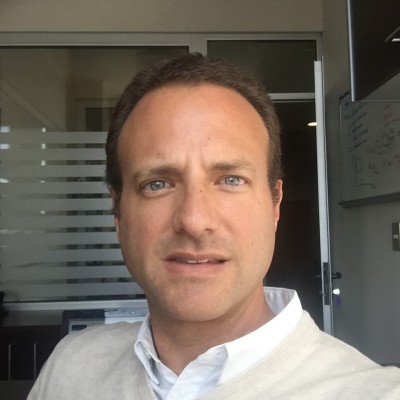Argentinian Milko Schvartzman has studied foreign fishing fleets for more than 20 years. He defines himself as a marine conservationist, but through his research and investigation, he has uncovered instances of illegal, unreported, and unregulated (IUU) fishing that officials have either willingly overlooked or simply missed.
According to Schvartzman, significant human rights abuses, such as slave-like wage withholding and imprisonment, physical and mental abuse, hazardous working conditions, and denial of health care when a crew member falls ill and needs medical attention, occur on deepwater fishing vessels off the coast of South America. When these ships need to unload a dead crew member, more often than not they do it at Uruguay’s Montevideo port, where Schvartzman said officials frequently turn a blind eye.
SeafoodSource talked with Schvartzman – who has collaborated on illegal fishing and human rights issues with numerous organizations, including Greenpeace, C4ADS, the Environmental Justice Foundation (EJF), Global Fishing Watch, the Pew Foundation, Oceana, and Interpol – to find out more about what he’s discovered in his research.
This is the first of a two-part series regarding the lack of transparency at the Montevideo port and the fishing fleets that take advantage of it.
SeafoodSource: How did you first get involved in tracking IUU practices?
Schvartzman: I began working at Greenpeace Argentina in 1999 after serving several years as a volunteer. In 2012, two Korean fishing boats involved in IUU practices entered Argentinian waters – on the border of the exclusive economic zone – and they docked at Montevideo. At that time, the first satellite vessel tracking systems were starting to be used [and] some of us at Greenpeace had access to that platform.
I had followed illegal fishing somewhat since 2001 – pre-internet – by saving some newspaper cuttings. With access to the platform, I started to follow this more closely, specifically what ships they were and where they came from. I wrote some articles about these ships docking in Montevideo and continued investigating. Around the same time, I began to see some articles being written about human rights abuses covering how crew members jumped overboard to escape the squalid living conditions on board. That really called my attention; many of them died of hypothermia.
In Montevideo, up to five or six ships a year would catch fire. These were intentional or due to fights, which was very strange. I have a file of all the fires over the last 20 to 30 years in Montevideo, and many of those vessels already had a dubious record; they would burn them down to collect the insurance. Now, Montevideo has a cemetery of ships; they’re down to about two ships burned a year, but it all has to do with the living conditions on board that involve semi-slave labor.
I started to focus on those human rights abuses. There was a Chinese ship called Jia De 1 from which 28 African crew members escaped in 2014 and denounced the abuses they suffered in Montevideo. It was emblematic because they stated that they had to work with shackles on their ankles.
I got to know the cases and the people escaping from the vessels. These are not just about abuse but people being abandoned and not being provided medical attention when they’re sick or ailing and end up dying – deaths that are completely avoidable.
SeafoodSource: Did the recent case of the message in a bottle found in Uruguay bring more international attention to the issue?
Schvartzman: The message in the bottle case didn’t surprise me at all, I hear …
Photo courtesy of Milko Schvartzman








